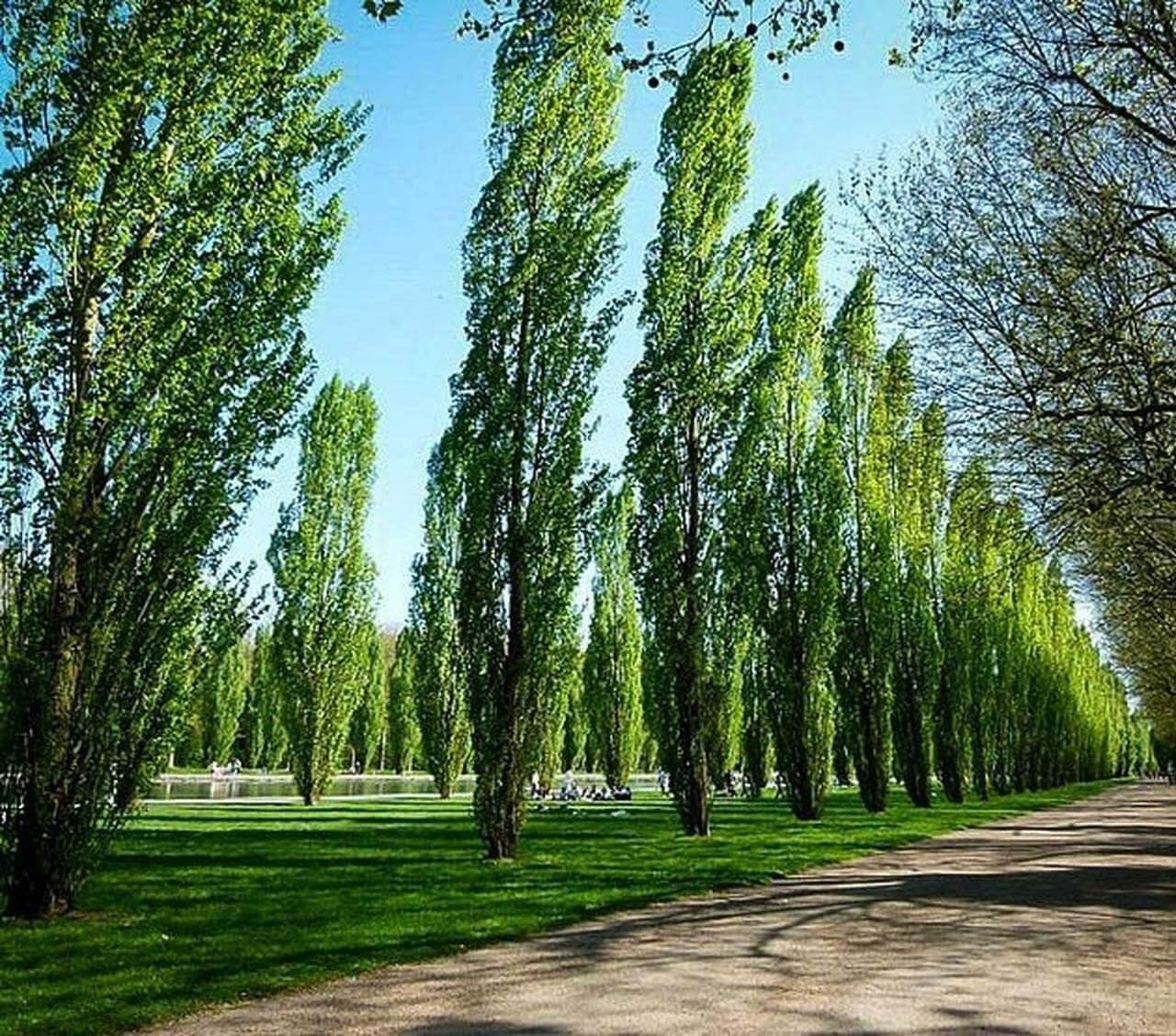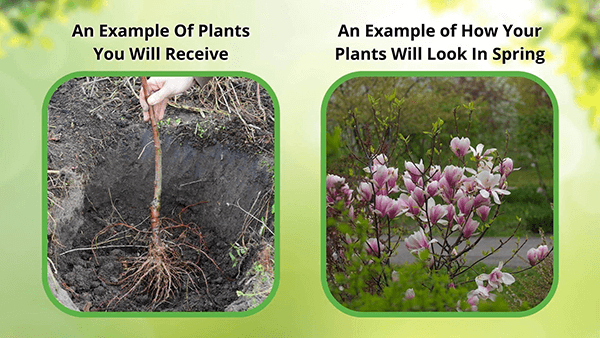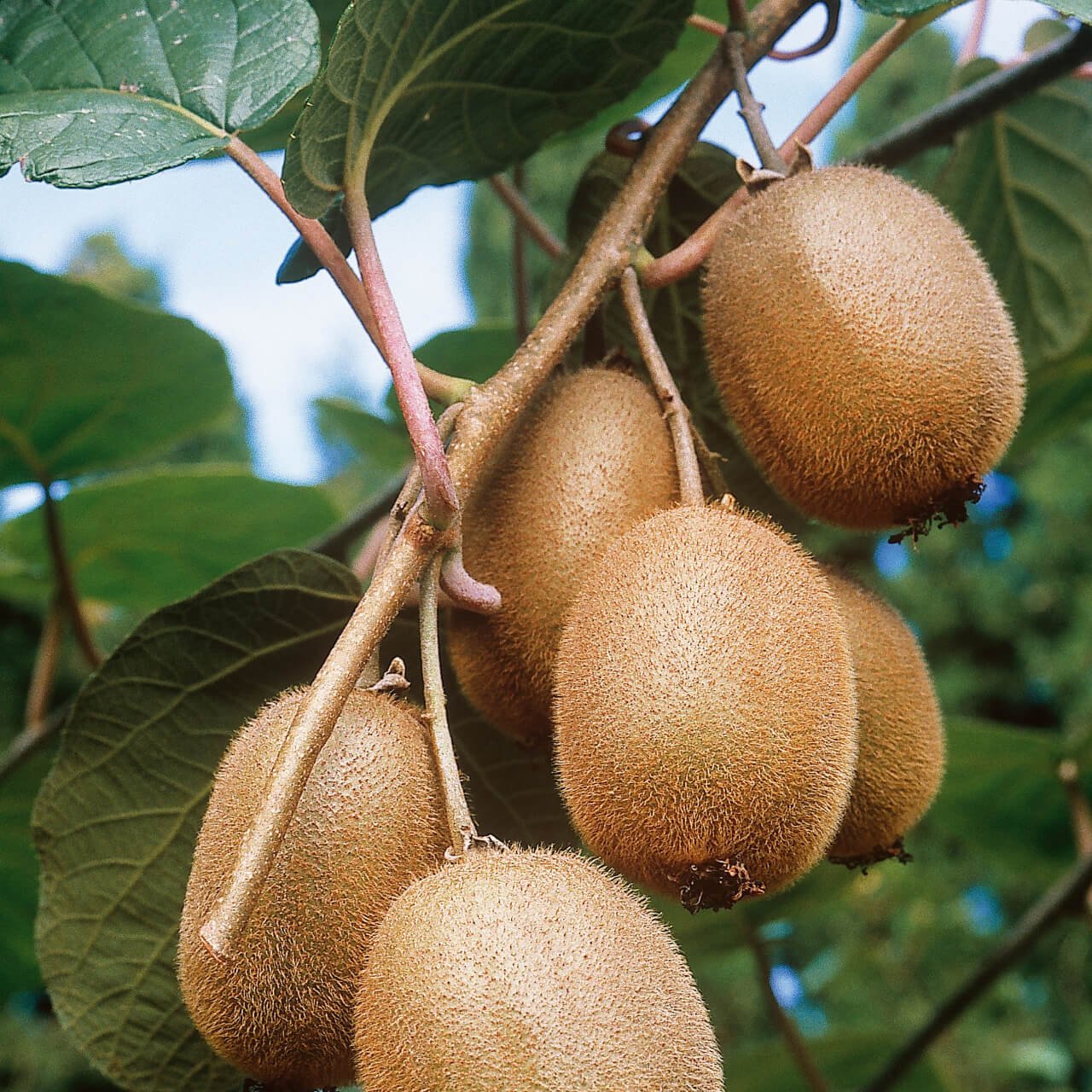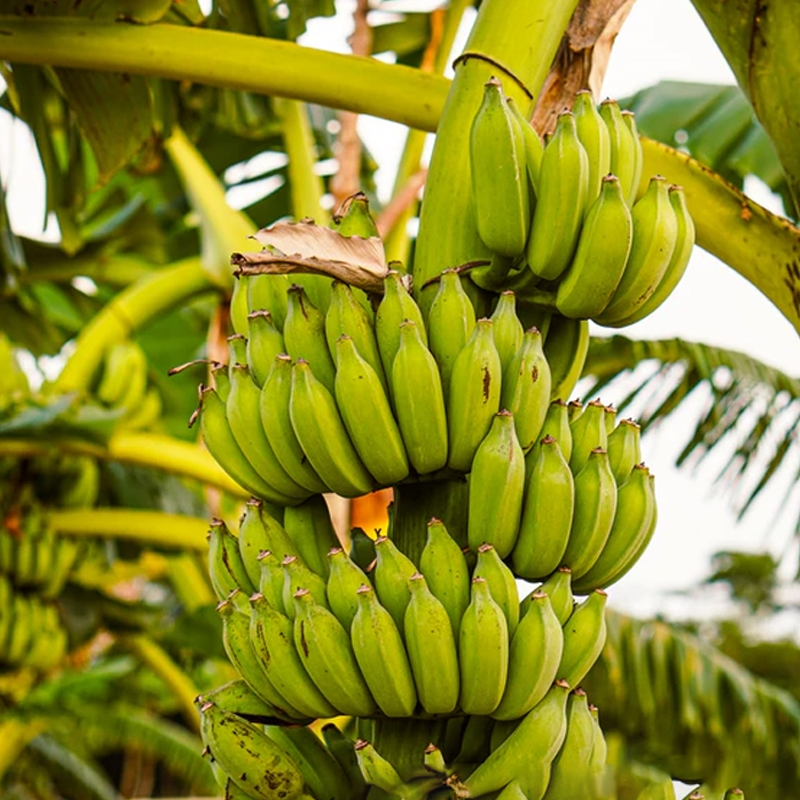





Quaking Aspen
Stunning fall foliage display
Fast-growing shade tree
Erosion control benefits
Thrives in
ZONE 2ZONE 3ZONE 4ZONE 5ZONE 6This plant ships:
Ships Week of May 12th1 Year Guarantee on all plants
Quaking Aspen Tree
The quaking Aspen is an adaptable, evergreen, deciduous tree recognizable by its high, upright form. Despite its tall columnar form, this poplar species provides gardens with a natural privacy curtain, windbreak, or vertical accent. It is green through the spring and summer and golden during the fall.
The Quaking Aspen Tree Is Fast Growing
They are incredibly easy to plant, making them the perfect choice for the homeowner who wants a fast-growing, low-maintenance tree. They grow well in most soil types as long as the soil drains well and prefers full sun. Once established, these trees need little maintenance except watering periodically in the longer dry months.
Blooming and Life Cycle
The trees don’t flower but have gorgeous foliage throughout the season. The leaves come alive in the early spring and remain lush through fall. They are exceptionally durable for their size, usually lasting between 15 and 30 years when well tended.
Shape and Foliage Because of its columnar nature, the tree is a popular choice for small rooms and formal buildings. They grow in triangles, and the foliage shimmers green, which gives landscapes a calming visual texture. Their golden hues make for a fantastic autumnal spectacle.
Makes the Perfect Living Fence
The Quaking Aspen tree at TN Nursery are sold in young form for rapid planting. Once planted and managed properly, these trees will quickly develop into striking landscape trees. They are easy to maintain and versatile, adding aesthetic value to your area and providing useful benefits such as shade and privacy. Use the tree to create a stylish addition to your patio.
This Is How Your Plants Will Look upon Delivery

Bloom Season
Spring
Bloom/Foliage Color
Yellow
Height at Maturity
Over 25 Feet
Care
Quaking Aspen trees thrive in well-drained soil and should be drenched regularly, particularly during dry periods. Trim to retain shape and clear dead or damaged limbs. They’re prone to pests and diseases, so monitor them closely and treat any issues promptly.
Plant Reproduction
The spreads via root suckers forming extensive colonies.
Plant bare root trees during the dormant season in early spring or late fall (November through April). Dig the hole twice as wide as the roots so the soil is well-drained. Position the tree so the root flare is at or just above ground level. Fill the hole back with the soil you dug from and water. Maintain soil moisture, especially in the tree's early years, by providing deep, regular watering. Apply a 2-4 inch mulch away from the trunk at the base to retain moisture and suppress weeds. Prune trees during the first few seasons to establish strength and resilience, remove damaged branches, and continue maintenance pruning as the tree matures. Regularly inspect for pests and diseases and apply integrated pest management practices. Protect young trees from mechanical damage and extreme temperatures with tree guards, and stake them if necessary for support, removing the stakes after one or two years.
Shipping date depends on the date displayed and chosen when you order from the product's page.
We only accept returns on plants verified dead. If you think your plants have died, we offer a 1 year warranty, please use this File a Claim Link to verify dead plants and start with return warranty process.








Stunning White Bark:
Adds a unique and elegant touch to any landscape, making it a garden standout.
Mesmerizing Leaves:
Flutter gracefully in the breeze, creating a shimmering effect that brings movement to your garden.
Fast Growth:
Provides rapid shade and privacy, perfect for new gardens needing quick coverage.
Wildlife Attraction:
Attracts birds and deer, enhancing your garden's natural beauty and biodiversity.
Caring Tips
How do I care for my Quaking Aspen?
Each box contains detailed care instructions and information about your product. But here's the basics.
Care Tips
Quaking Aspen trees thrive in well-drained soil and should be drenched regularly, particularly during dry periods. Trim to retain shape and clear dead or damaged limbs. They’re prone to pests and diseases, so monitor them closely and treat any issues promptly.
Light Requirements
Quaking Aspen thrives in full sun to partial shade. It prefers at least 6 hours of direct sunlight daily but can tolerate some light shade. Optimal growth occurs in sunny locations with well-drained soil.
Hardy Planting Zones
2 • 3 • 4 • 5 • 6
Header
Use this content to share information about your store and products.
Frequently Asked Questions
How often should I water my plants?
How do I know if my plant is getting too much or too little sunlight?
What should I do to prepare my plants for winter?
What are the signs that my plant needs fertilizing?
How can I prevent pests from damaging my plants?
How do I choose the right plant for my climate zone?






